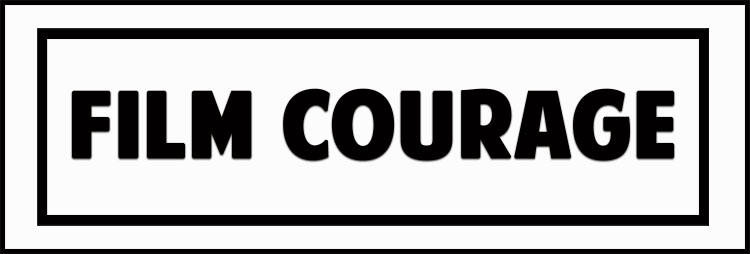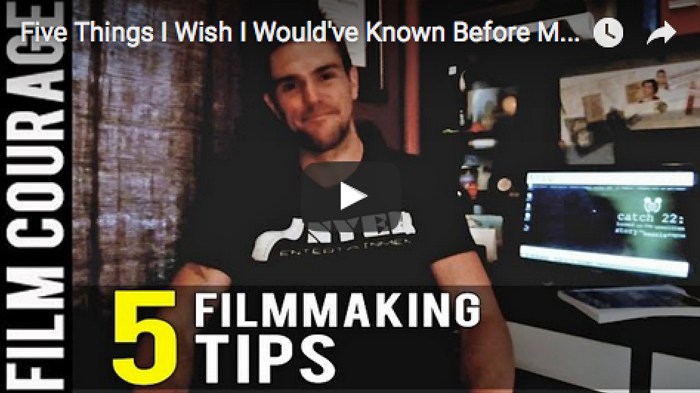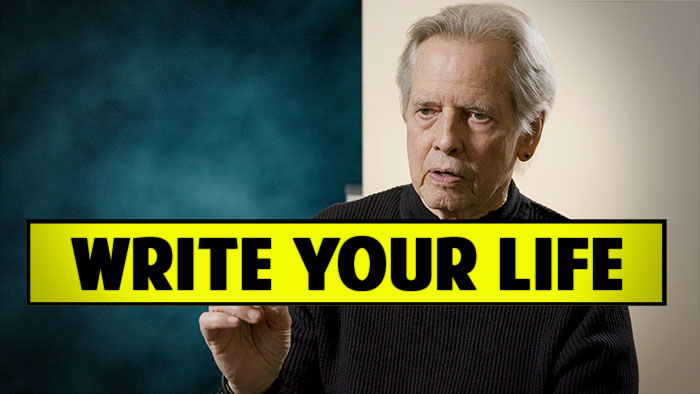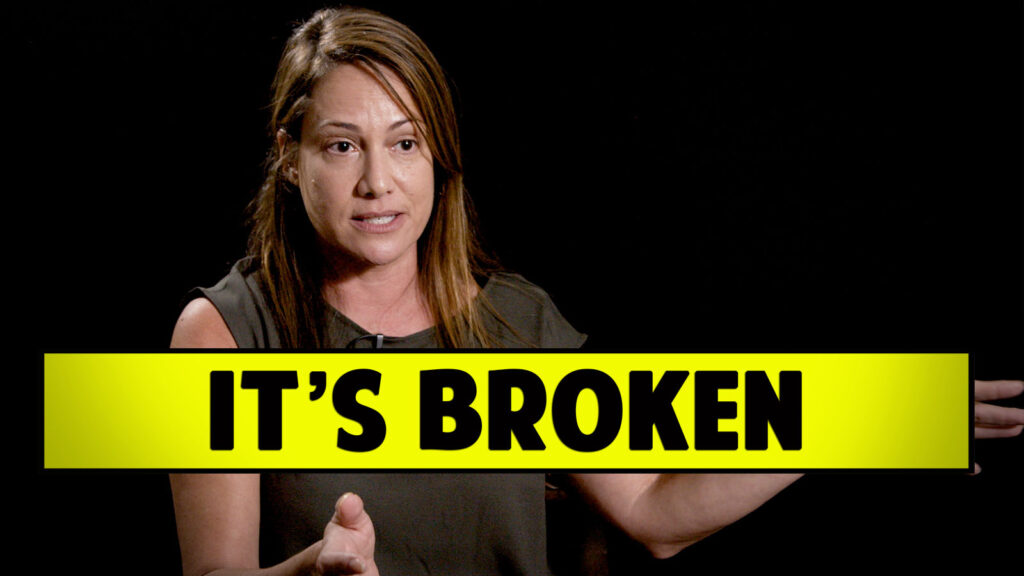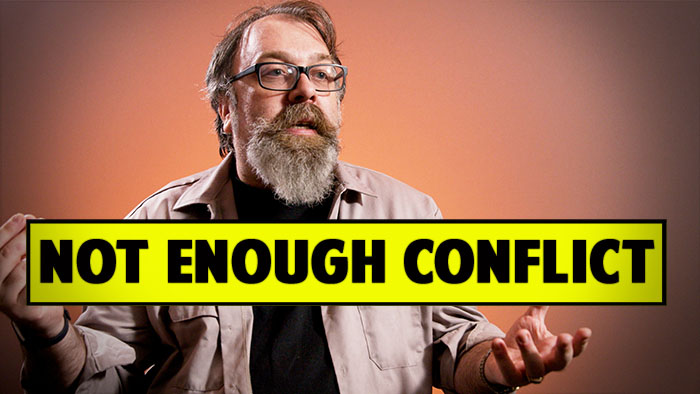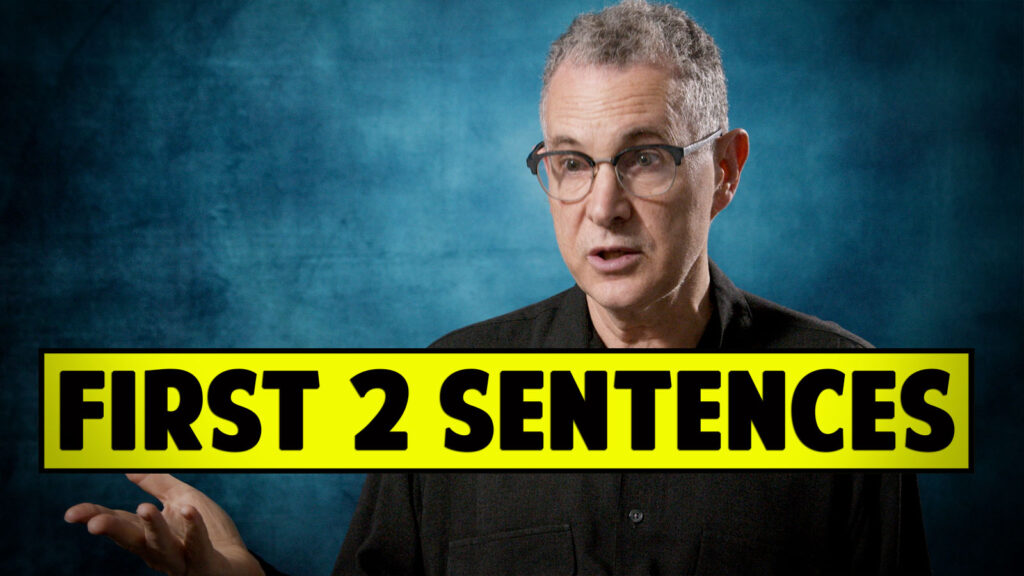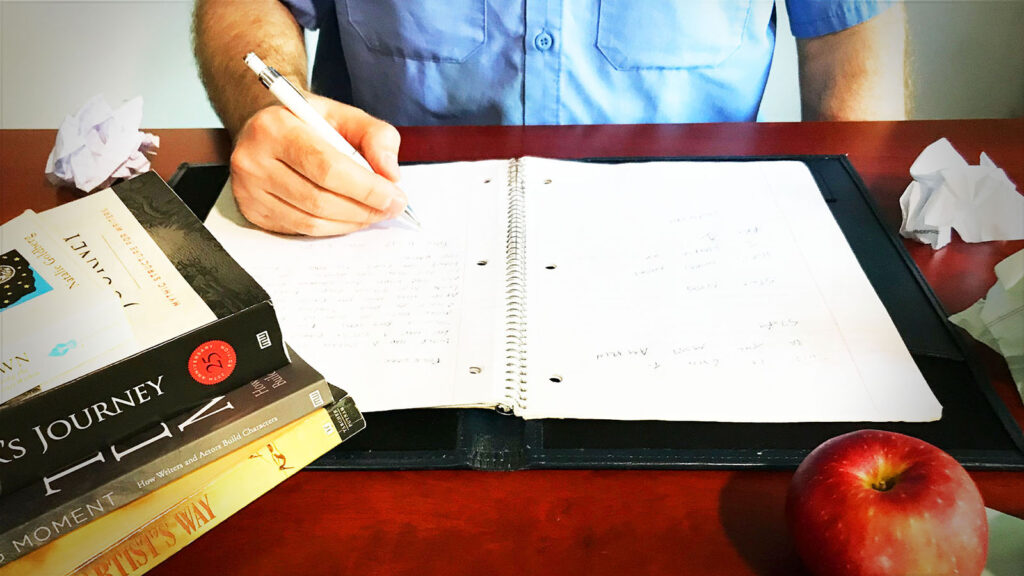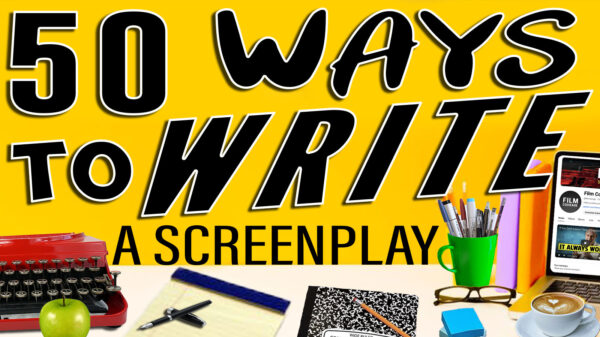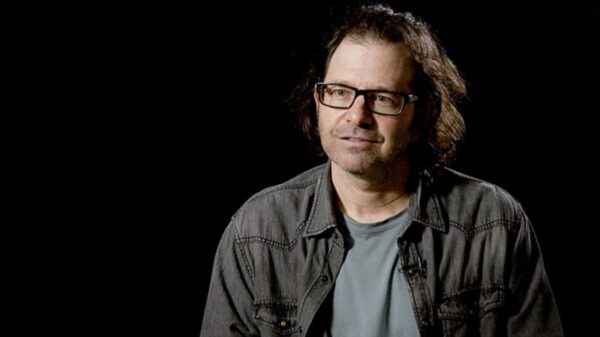
JOSH FOLAN – FILMMAKER/ACTOR
I recently participated in Film Racing’s 24 Hour Film Race, my first time having worked within the confines of a timed competition like it. I’m sure there are a number of these things out there, each with their own format and requirements, but assuming at least some readers will have yet to have competed in one I’ll outline the particulars of this contest:

· Each filmmaker team preregisters in advance of the competition date (Film Racing does not require a registration fee – a rare bonus for a film competition of any kind), preferably under a clever moniker that doesn’t contain any horrible filmmaking puns.
· Other than organizing cast and crew members, no work may be done on the film prior to the kickoff of the competition at 9 PM EST on the start date.
· At exactly 9 PM on that start date, an email is sent to every registrant with three elements: an overall theme the film needs to follow, a prop that must be somewhere in the piece, and an action that a character must act out at some point in the narrative. In this instance, those three things, respectively, were: one, the number one, and listening to music.
· Ready, set, go. You have until 8:59 PM the following night to write, shoot, edit and begin uploading your two to four minute film to the competition website.
.jpg)
I’ve always been adverse to this sort of thing for a few reasons. Most importantly, I’m an anal-retentive BB-stacker (i.e. perfectionist) and the thought of being dragged kicking and screaming through the development and post-production phases, where I’m accustomed to the luxury of carefully taking my time regardless of how minuscule the budget I’m working with is, at lightning speed is terrifying. Second, I’ve never really worked with short format storytelling before – I didn’t feel as though I really understood how to crunch the classic three-act structure I’ve gotten so comfortable relying on in the feature-length material I’ve written to date into just a few minutes. Lastly, I don’t like contests. I have seen too many that were won more on the winner’s relationships than the material being judged, something I pessimistically think applies to most any supposed “fair playing field”…and I don’t know anyone running any contests personally, so I don’t contest.

Despite all these apprehensions, I was coerced into signing up for the race by Brian Leisring (cinematographer\editor) and Christy Illius (sound mixer\editor), a two-person production wrecking crew that I was fortunate enough to work with on a feature I have in post, “What Would Bear Do?” Now that I think about it, the primary reason for their desire to do this might have been just to get a break from the editing of that. Anyhow, what we ended up with was a film we’ve called “it’s just One line”, and it might be the piece of work I am most proud of having been part of creating to date. It only cost us a couple cab rides and few overpriced corporate chain coffees to put it all together, budget-wise, and I just submitted it to next winter’s Sundance, the first time I’ve been confident enough in the quality of something with my name on it to do that – so needless to say I am quite happy I let myself be coerced. It’s also needless to say that those two do stellar work, so if you’re in New York and you need to fill any of the positions in the parentheticals above on something you’re crewing up, I highly recommend you hunt them down. Or just email me, and I’ll happily peddle them out at fair market rates.

In hindsight, I can’t come up with a single reason why any filmmaker – particularly a low-budget filmmaker – wouldn’t benefit from testing their mettle in this arena. Mom…dad…here’s what I learned:

· Not coming from a film school background, I’ve always wondered a bit as to why there is such an emphasis on students’ first films being silent. It’s a visual medium, show it don’t say it, blah blah blah. But, I get it now. Having to crunch a full, cohesive story into three and a half minutes (the four minute allotment was inclusive of credits) leaves you no choice but to rely on quick visual elements to get your point across. Also, with only twenty-four hours to work with, you don’t have time for extensive sound and dialogue editing. If you’re relying on a slew of dialogue to tell your story you’re probably going to end up cursing the film gods when you get to the couple of hours you have for this stage, wishing you had time to ADR some clean dialogue. With “it’s just One line”, there was only one line of dialogue (a double entendre of the film’s title, in addition to the one line of cocaine the story centers around, that I am far too proud of) that was an integral part of the scripted story. The lesson: having to exercise my “cut the story to its bones” muscles out of necessity in a situation like this surely taught me to be more economical, and in turn more cinematical, in my long-form storytelling.

· Being a writer first, director second, I learned the difference between having to convert a written story into a visual one and creating the story as visual one from square one. In my screenplay writing, I of course write with the understanding that I’m writing a visual story and there are reflections of that in the syntax of my telling it – but there is still a reliance on the written word to guide the directorial decisions you make in the work you do leading up to production, as well as those decisions made on set. With the film race, at least in our case, we didn’t have the time to write a proper script before we started shooting. I got the email at 9 PM, and was fortunate enough to have the seed that would become the idea for the film come to me relatively quickly (a rarity – usually writing is a painstakingly grueling process for me), but we were still pressed for time and I sketched bullet points (basically the scenes) out on a single sheet of legal pad paper over the next couple of hours. That means I had to create the film in my mind and check plot points off as we shot it a few hours later. If shooting a scene didn’t end up the way I had envisioned, I had to adjust and fill in the holes that unexpected shortcoming created right there on the spot, with nothing but that rough single page outline to connect the dots. The lesson: Even when you have a well thought out plan (script, shot list, storyboard, etc) on a feature, things inevitably change and go wrong on set – so being that I didn’t have the time to meticulously plan everything out the way I would prefer, I had the opportunity to test those on-the-fly problem solving skills in a relatively no-risk environment. That’s invaluable practice for any director who doesn’t enjoy pulling their hair out in the editing room.
.png)
· Why not? There’s no better way to get better at filmmaking than to make films. If doing it in twenty-four hours in hopes of winning a pile of money is what rallies the troops and allows you to do so, then so be it. The lesson: Embrace every opportunity that presents itself, as long as you enjoy working with the people involved.
So next time you get wind of a film race, don’t sit around thinking of reasons why not to take a crack at it. Strap on your ASICS and I’ll see you at the finish line.

BIO:
Josh Folan is a producer, writer, director and actor with professional credits dating back to 2005. His first feature-length film venture, All God’s Creatures, was recently released on DVD through Osiris Entertainment and can be purchased through the film’s website at Allgodscreaturesfilm.com. Folan wrote, produced and starred in the romantic thriller, which premiered at the 2011 Hoboken International Film Festival where it was nominated for best screenplay and best actress (Jessica Kaye). His second feature, a slacker buddy comedy titled What Would Bear Do?, is currently in post production and can be looked up at Whatwouldbeardofilm.com. Folan wrote, produced and starred in the film as well, in addition to taking on directorial duties for the first time. His most recent project was line producing a feature-length art house musical called The Lives of Hamilton Fish, directed by Rachel Mason, and you can follow him (@joshfolan) and his production company, NYEH Entertainment (@nyehentertains), on twitter and facebook if you’d like to stay in the loop with his work.
Check out other Film Courage articles by Josh Folan, including:
SHOOT TO KILL – INSIDE THE MAKING OF ALL
GOD’S CREATURES

Watch the video interview on Youtube here




